‘Greater Israel’: With Assad out of picture, Israel moves to grab more Syrian land
By Maryam Qarehgozlou
With the fall of Bashar al-Assad’s government, the Israeli regime has intensified its aggression on Syria, initiating an unlawful land appropriation beyond the occupied Golan Heights in what is seen as a component of the so-called “Greater Israel” project.
In a dramatic turn of events, militant groups overrun Damascus on Sunday, less than two weeks into their offensive that began in Aleppo, ending the two-decade reign of Bashar al-Assad.
Immediately after militants affiliated with Hayat Tahrir-al Sham swarmed Damascus, Israel launched a barrage of airstrikes across Syria, including in Damascus, Homs, Tartous, Latakia and Palmyra.
Israeli media called it “one of the biggest air attacks” in the regime's air force’s history, destroying up to 80 percent of Syria’s military capabilities.
On Wednesday, Israel’s military said it carried out about 480 strikes on military targets in Syria over the past 48 hours, including on 15 naval vessels, anti-aircraft batteries and weapons production sites in several cities, to prevent “strategic weapons stockpiles."
A day before, the Israeli military targeted three major Syrian airports in Qamishili, north of the country, Homs, the country’s third-largest city, and Mezzeh airport in the capital Damascus.
According to the Syrian Observatory for Human Rights (SOHR), Israeli attacks on the governorate of Deraa in southwestern Syria earlier on Monday killed at least two civilians.
The aerial bombardment coincided with the Israeli military's attempts to illegally occupy more Syrian territory, beyond the already occupied Syrian Golan Heights, overruning the Golan buffer zone.
According to observers, it marks the Israeli regime's most audacious incursion into Syrian territory since the 1973 Arab-Israeli war, with the regime moving “men and material” into the buffer zone.
“We need to see a stop to the Israeli attacks,” UN Syria envoy Geir Pedersen was quoted as saying. “It’s extremely important that we don’t see any action from any international actor that destroys the possibility for this transformation in Syria to take place.”

Revival of the ‘Greater Israel’ plan
The Israeli military's incursion into the Golan Heights buffer zone, an officially designated demilitarized zone as part of a 1974 UN-brokered ceasefire deal between the regime and Syria, has come under the cover of bombings the regime has carried out since the ouster of the Assad government.
Syrian security forces reported that Israeli tanks have advanced from the Golan Heights into Qatana, 10km (six miles) into Syrian territory and close to the capital, a move many countries in the region slammed as a “dangerous” development and “flagrant violation of international law.”
In a press conference on Monday, beaming with joy, Israeli Prime Minister Benjamin Netanyahu asserted that the Golan Heights will be a part of the Israeli regime “for eternity,” pointing to Tel Aviv's expansionist ambitions to advance its settler-colonial project.
Analysts view it as a manifestation of its “Greater Israel” agenda, which seeks to expand the illegitimate entity to encompass territories believed to be part of its so-called historic Biblical land.
The concept of “Greater Israel” has evolved over time and holds varying meanings for different groups.
For some, it includes the occupied Palestinian territories and the Golan Heights, while others, like Zionism’s founder Theodore Herzl, envision a “Jewish State” extending “from the Brook of Egypt to the Euphrates,” encompassing parts of Lebanon, Syria, Jordan, Iraq, Turkey, Egypt, and Saudi Arabia.
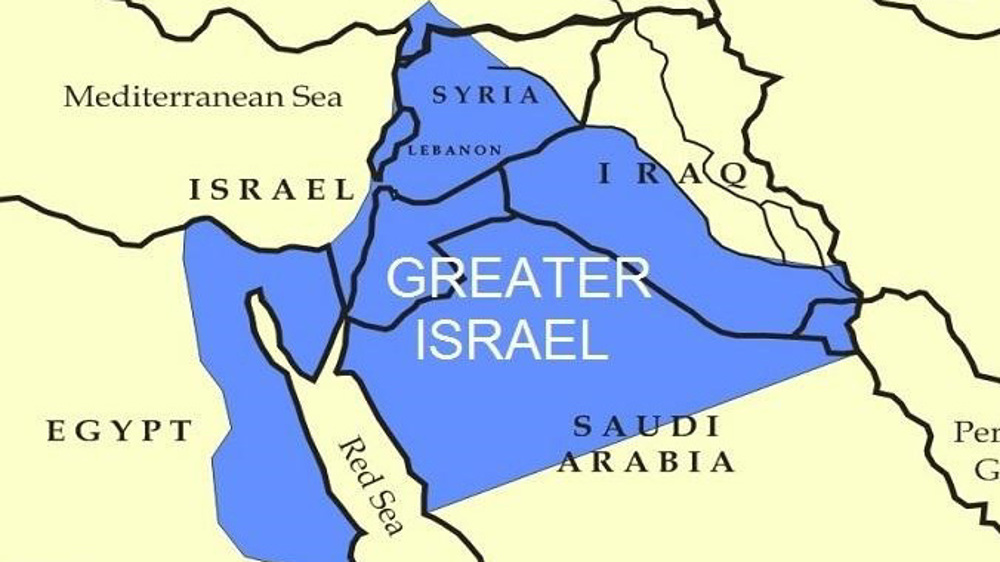
Israel’s genocidal onslaught on Gaza, which has claimed nearly 44,800 Palestinian lives in 432 days, and statements issued by Israeli officials since October last year, align with the regime's expansionist agenda, heightening tensions in West Asia.
Since October 7, 2023, many Israeli soldiers, media figures, and politicians have openly expressed their intention to expel the 2.3 million population of the narrow coastal territory and seize control of the region to construct Jewish settlements there.
After recent US elections, in which Donald Trump emerged as a winner, speculation has been rife that the regime is seeking to significantly expand its illegal settlement construction in the occupied West Bank, which has been evident from appointments made by the new US president.
In Gaza, many Israeli soldiers have been seen displaying their regime's expansionist ambitions by wearing patches on their uniforms that depict maps of the Israeli regime extending into many regional countries, including Syria and Iraq.
These patches, which often feature the Israeli regime's flag superimposed over a map of the region with redrawn borders, symbolize the desire to conquer Arab lands beyond the current boundaries of Israeli-occupied Palestinian territories.
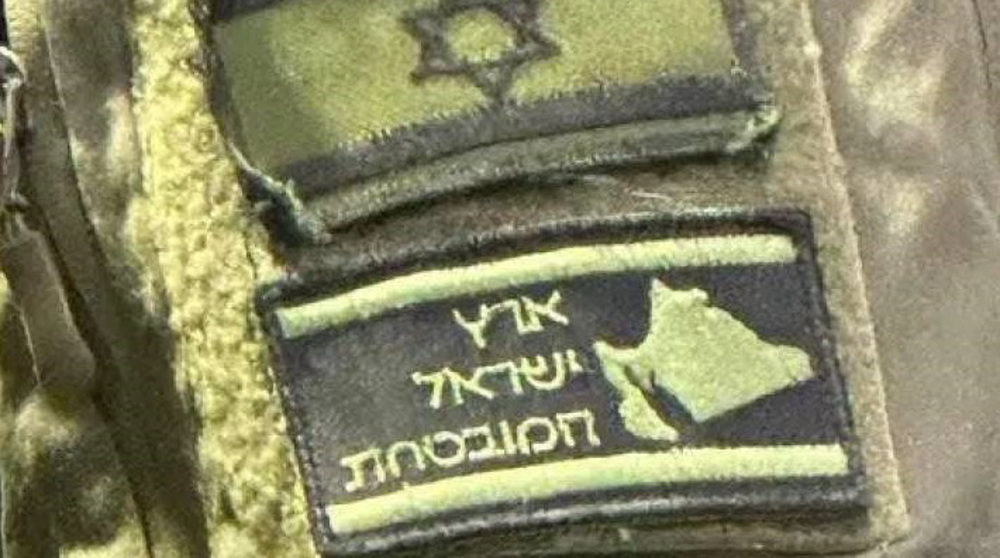
In a recent documentary titled “Israel: Extremists in Power,” released in October, Israeli minister Bezalel Smotrich revealed his desire to not only conquer all Palestinian territories up to the Jordan River but also to extend so-called Israel’s "borders" to include Damascus.
Smotrich also expressed his ambition to annex territories reaching as far as Iraq and Saudi Arabia.
Israel’s recent military offensive in Lebanon, which began in late September and concluded with a ceasefire on November 27, was also believed to be part of the Zionist regime’s broader expansionist strategy. However, it ended in a disaster for the occupation regime.
In another provocative move, the Movement for Settlement in Southern Lebanon released a map on September 25 that featured “new Hebrew names” for settlements in the region.
The map renamed Lebanese towns and villages in southern Lebanon, a blatant attempt to assert Israeli dominance over the area.
At the same time, the Israeli newspaper Jerusalem Post found itself in the midst of controversy after publishing—and quickly removing—an article that questioned whether Lebanon and parts of other countries in West Asia were included in Israel’s biblical “promised land.”
In the article published on September 25, which coincided with Israel’s assault on Lebanon, author Mark Fish suggested that the territory pledged to the “children of Israel” extends beyond “modern-day Israel” and encompasses the West Bank, Gaza, and parts of Lebanon, Syria, Jordan, Iraq, and Turkey.
However, despite Israel’s aggressive push into southern Lebanon, their expansionist plan was thwarted, largely due to the formidable resistance mounted by Lebanon’s Hezbollah resistance movement, which forced the regime to seek a ceasefire.
Following Israel’s unsuccessful attempts to expand its occupation into Lebanon, the regime has now shifted its focus to Syria, capitalizing on the volatile situation in the war-torn Arab country.
This new strategy was evidenced by the recent move of Israeli ground forces crossing into Syrian territory for the first time since the 1973 Arab-Israeli War.
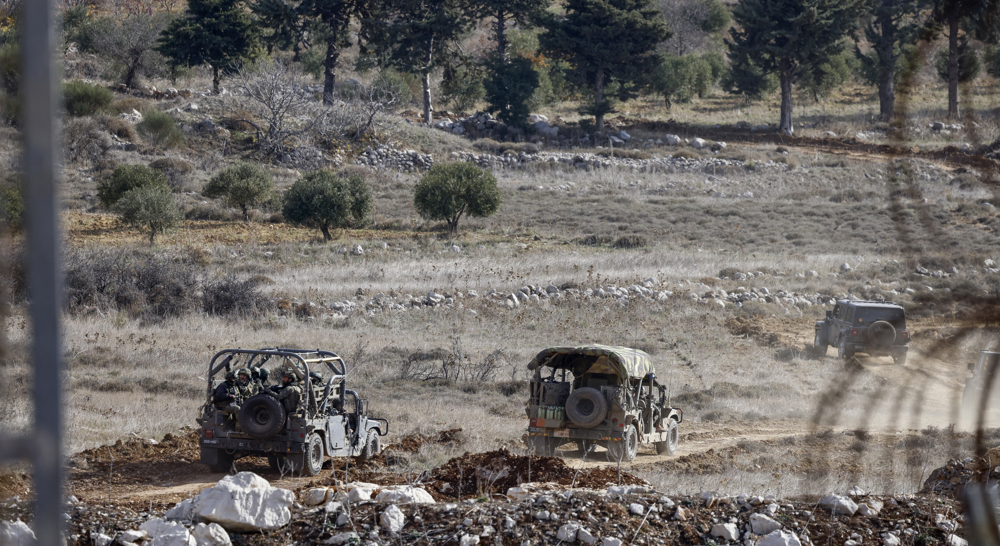
What is the Golan Heights?
The Golan Heights, a rocky plateau spanning approximately 1,800sq km (700sq miles), has been a consistent source of tension and conflict in the Levant, occupied by the Israeli regime.
Situated in the southwestern region of Syria, the area lies approximately 60km (40 miles) to the south of the Syrian capital, Damascus, and has great strategic significance.
The Golan Heights, nestled amid rolling hills, boasts a rich and fertile landscape. Its volcanic soil, renowned for its nutrient-rich properties, cultivates an abundance of orchards, producing a variety of fruits such as apples and cherries.
The area is also home to critical water sources that contribute significantly to the Jordan River system. Among these vital resources is the Hasbani River, which originates in Lebanon and traverses through the Golan region before joining the Jordan River.
These waterways are essential to the ecological health and water security of the region.
This strategic territory has been occupied by Israel since the 1967 Six-Day War, leading to ongoing disputes over sovereignty and frequent clashes between Israeli and Syrian forces
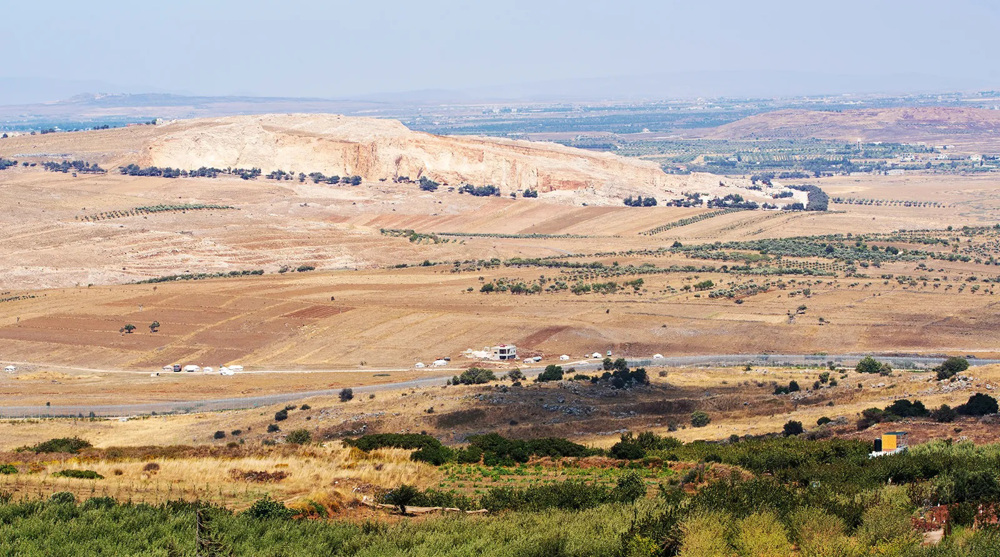
The establishment of illegal Israeli settlements in the region commenced rapidly following the military occupation, with over 30 settlements now existing and accommodating more than 25,000 settlers.
These settlements, viewed as illegal under international law, have been a flashpoint in the region, with the occupying regime refusing calls to leave the occupied land to his real owners.
In the 1973 Arab-Israeli War, Syria launched an operation to reclaim the Golan Heights from Israeli control. However, it proved unsuccessful and Israel maintained its hold over the occupied territory.
In 1974, the United Nations facilitated a fragile peace between Israel and Syria. The two sides agreed to an armistice, which led to the deployment of UN peacekeeping forces in the occupied Golan region.
In the wake of the 1974 armistice, the United Nations Security Council formed the UN Disengagement Observer Force (UNDOF) to help preserve the ceasefire and oversee the creation of a buffer zone within the Golan Heights region.
As of April, 1,274 UN personnel have been deployed to the area in an ongoing effort to maintain stability and monitor the ceasefire’s implementation.
In 1981, in a controversial move, Israel illegally grabbed the Golan Heights. The decision to unilaterally claim sovereignty was met with widespread international opposition and condemnation.
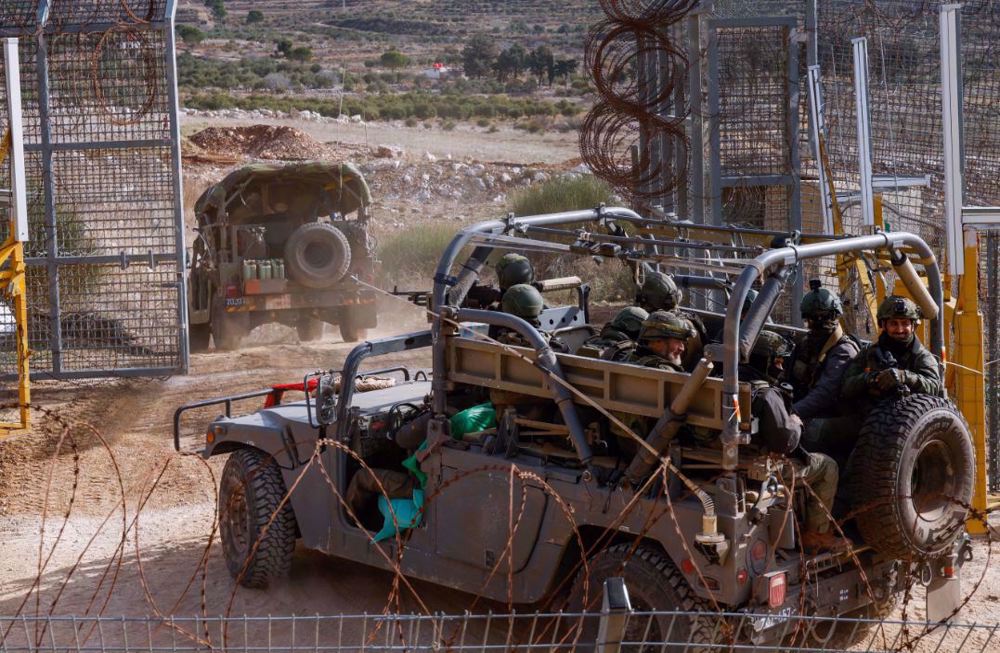
The United States stands alone in its formal recognition of Israel’s illegal occupation of the Golan Heights, while the international community unanimously rejects it, regarding the region as Syrian territory under Israeli occupation.
The United Nations also recognizes the region as a part of Syria.
In 1981, the UN Security Council adopted a unanimous resolution denouncing Israel’s occupation of the Golan Heights explicitly declaring it “null and void and without international legal effect.”
In 2019, the United States, under Trump, made a significant departure from the international consensus by officially recognizing Israeli sovereignty over the occupied Golan Heights.
Before the recent developments in Syria, the Israeli regime exercised control over approximately 1,200 sq km (463sq miles) of the western occupied Golan Heights.
Reactions to Israel’s Golan advance
After the overthrow of the Assad government, Netanyahu said he had ordered Israeli forces to seize the buffer zone in the occupied Golan Heights, announcing the unilateral dissolution of the 1974 ceasefire agreement with Syria.
Netanyahu claimed the incursion was necessary due to the abandonment of posts by Syrian troops.
Iran, Qatar, Jordan, Iraq, Turkey, and Saudi Arabia, however, decried the Israeli regime’s illegal seizure of land in the occupied land.
Esmail Baghaei, Iran’s Foreign Ministry spokesman, said Israel’s incursion into the buffer zone in the Golan Heights was “a flagrant violation of the United Nations charter.”
“We demand an immediate response from the UN Security Council to stop the aggression and hold the occupation regime accountable,” he said in a statement on Tuesday.
...
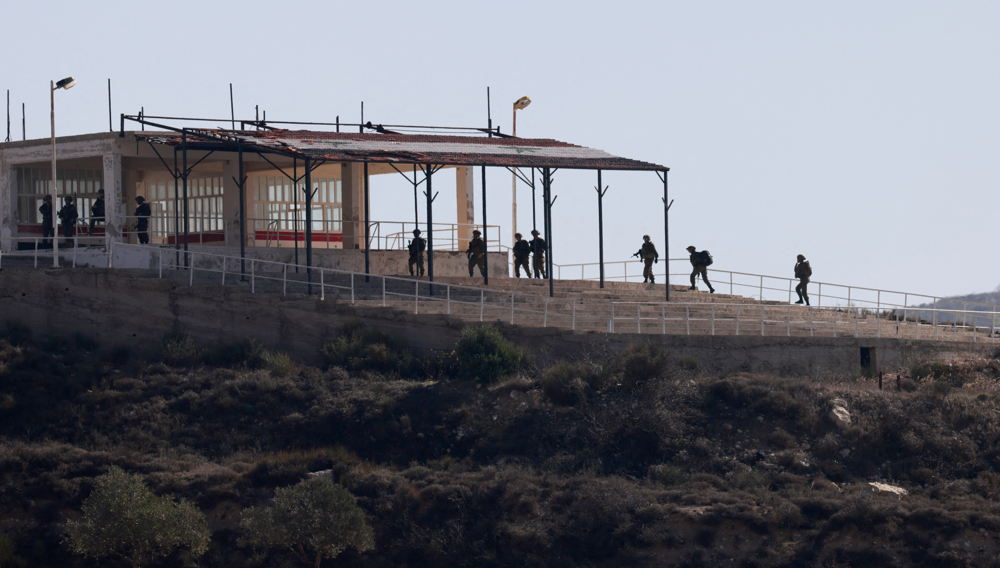
The Qatari Foreign Ministry said Doha considers the Israeli incursion “a dangerous development and a blatant attack on Syria’s sovereignty and unity as well as a flagrant violation of international law.”
Baghdad echoed the criticism, saying Israel has committed a “grave violation under international law”.
Iraq stressed "the importance of maintaining Syria’s sovereignty and integrity and calls on the UN Security Council to uphold its responsibility and condemn this aggression … and put an end to it,” a statement by the Iraqi Ministry of Foreign Affairs read.
Saudi Arabia decried the Israeli moves on Monday, saying that they confirm “Israel’s continued violation of the rules of international law and its determination to sabotage Syria’s chances of restoring its security, stability and territorial integrity.”
The move was also slammed by UN Secretary-General Antonio Guterres’s spokesman Stephane Dujarric, who said the move constitutes “a violation” of the 1974 agreement between Israel and Syria.
Lebanon’s Hezbollah resistance movement criticized Israel for “occupying more land in the Golan Heights” and for “striking and destroying the defensive capabilities of the Syrian state.”
“While we affirm our support for Syria and its people, we stress the necessity to preserve Syria’s unity,” noted the statement by the Lebanese resistance movement.
The expanding footprint of Iran’s citrus industry
Russia backs Iran’s stance, rejects including missiles in nuclear talks
Israeli arms manufacturers boast about products after Gaza genocide
French MP calls for inquiry into Paris arms transfers to Israel
US boat strike kills another person in eastern Pacific
VIDEO | Press TV's news headlines
Pro-Israel group names Tucker Carlson ‘Antisemite of the Year’ over genocide criticism
Sudan’s PM urges UNSC to endorse initiative to end war


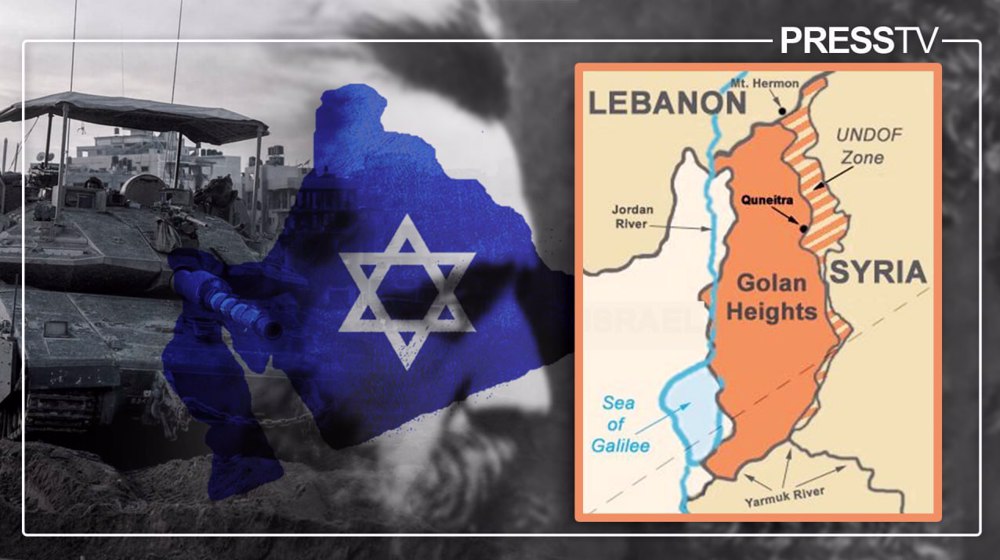

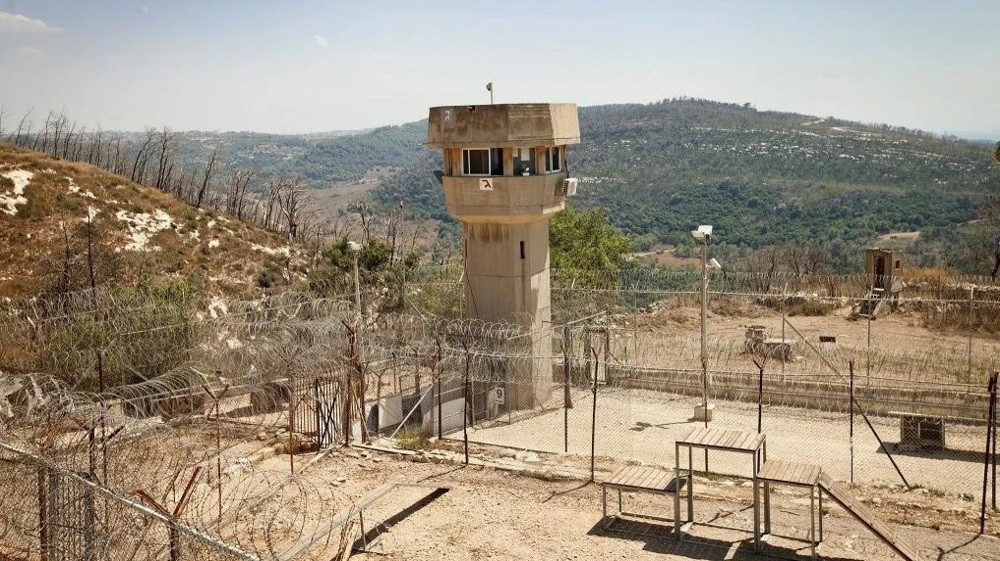
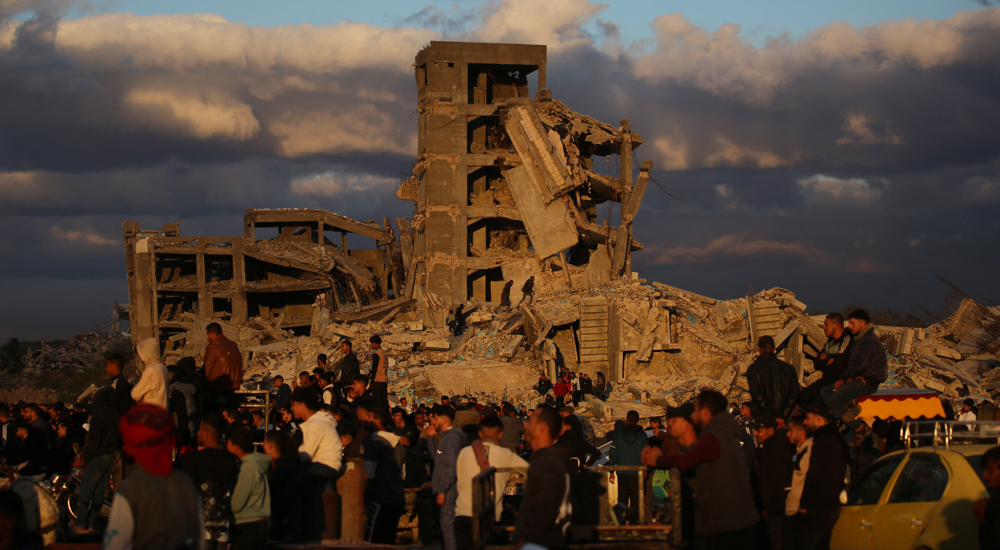



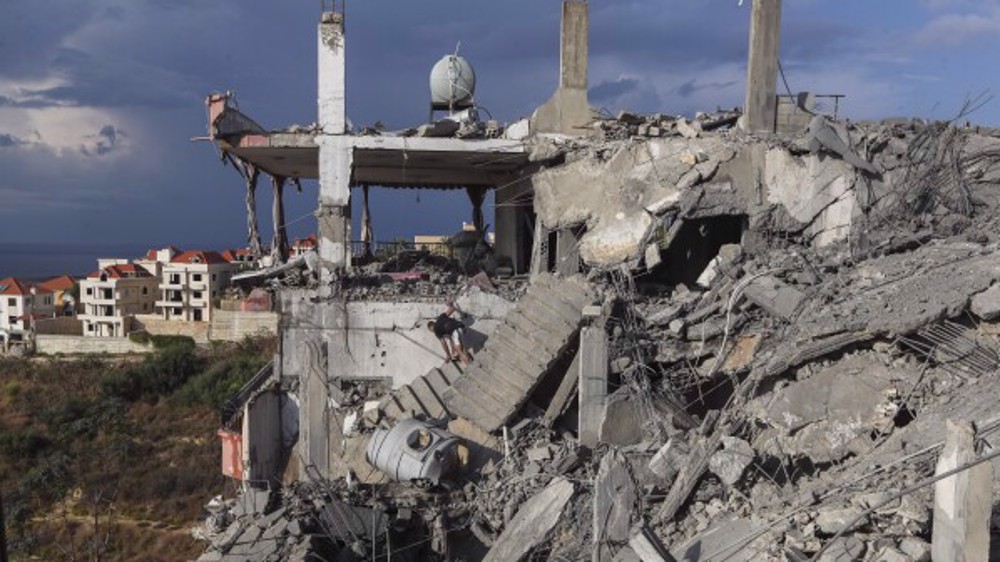
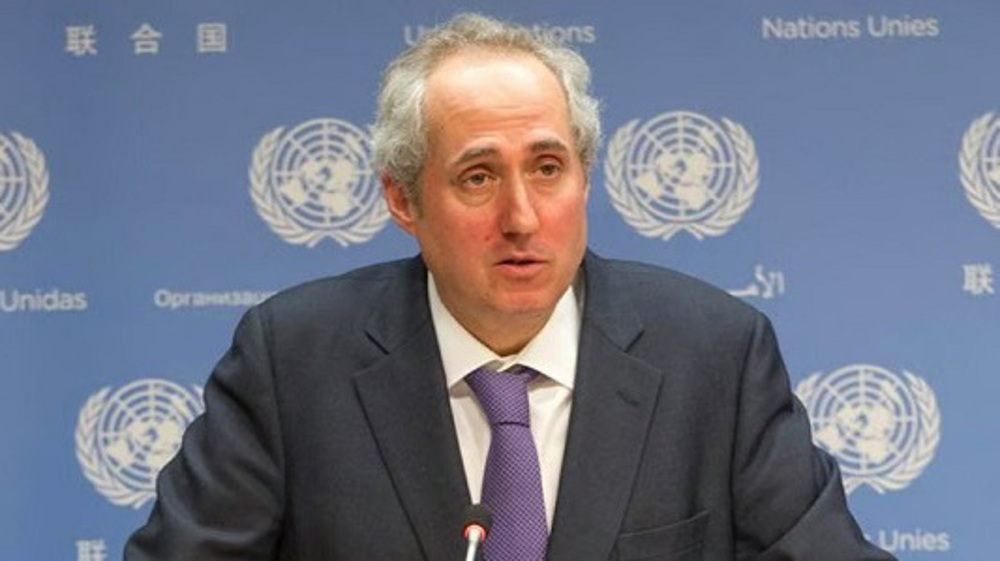

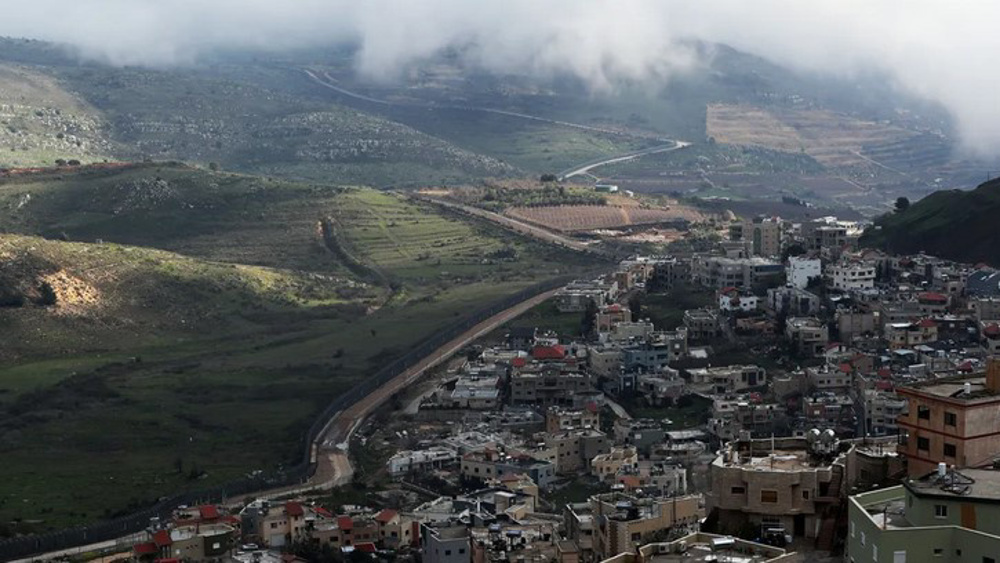
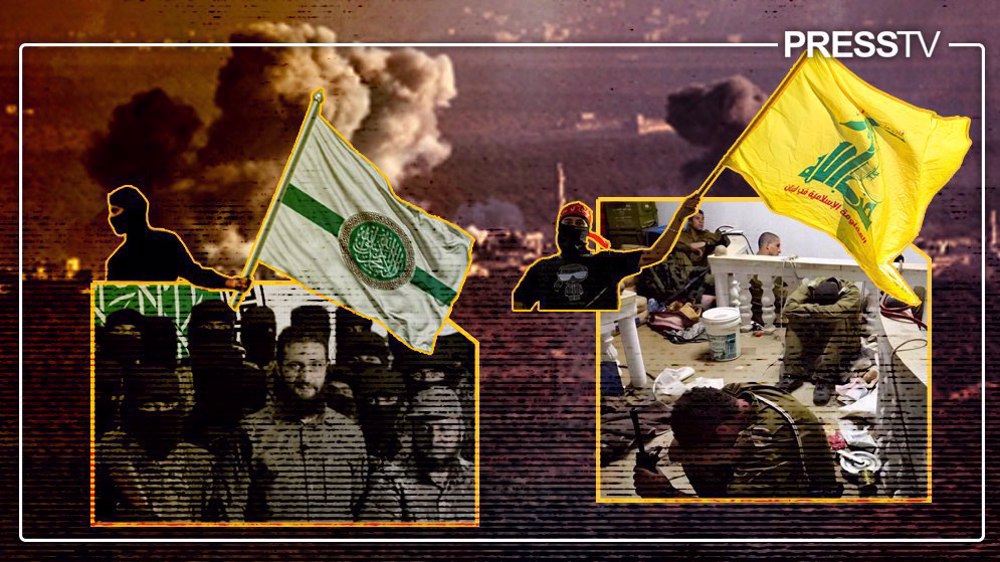

 This makes it easy to access the Press TV website
This makes it easy to access the Press TV website